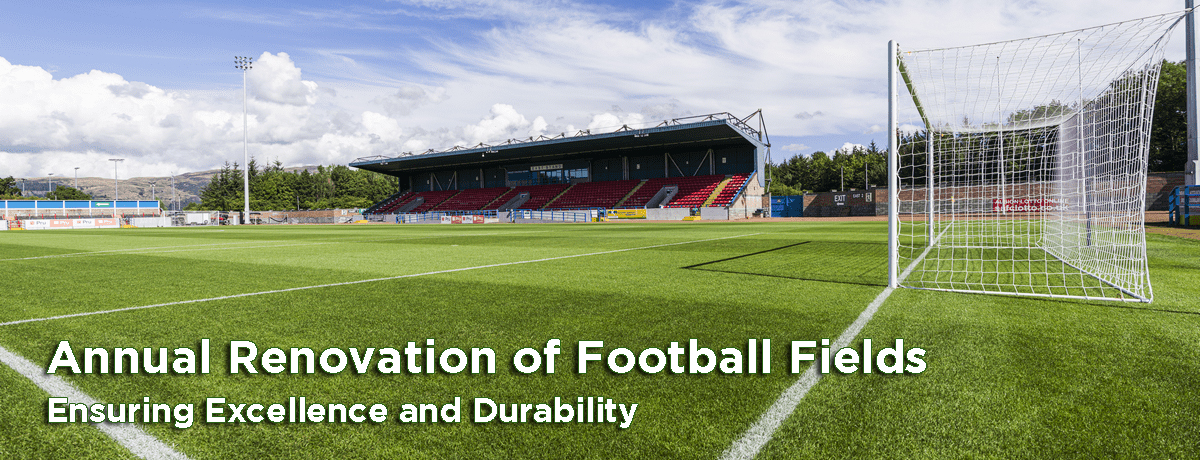Football fields, much like any sports grounds, undergo an essential transformation known as annual renovations. This process is key to maintaining the quality, safety, and longevity of the playing surface. Let’s take a closer look at the steps involved in this crucial upkeep.
The Purpose Behind the Renovations
The primary goal of football field renovations is to rejuvenate the turf and optimize its performance. The process involves several steps, each contributing to the overall health and appearance of the field.
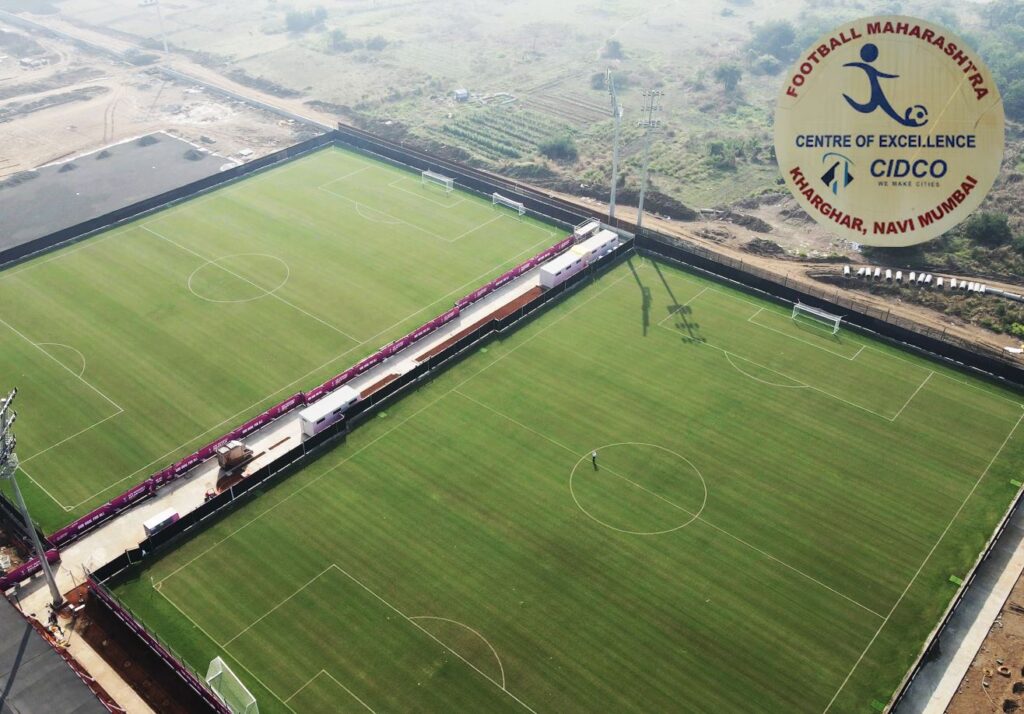
Uncompacting the Pitch and Encouraging Root Growth
One critical aspect of the renovations is de-compacting the pitch. This helps increase air space in the soil, creating an environment that encourages robust root growth. Strong roots mean healthier grass and a sturdier playing surface.
Maintaining Levels and Re-populating Grass
Restoring levels through top-dressing is another vital component of sports field maintenance. This process smooths out any uneven areas, ensuring a consistent playing surface. Re-populating the sward with new grass varieties further enhances the field’s resilience.
Conquering Weeds and Revitalizing the Surface
Weeds can be the bane of any well-maintained field. Timely weed treatment is an integral part of the renovation process, preventing unwanted vegetation from choking out the desired grasses. This step lays the groundwork for a vibrant and weed-free field.
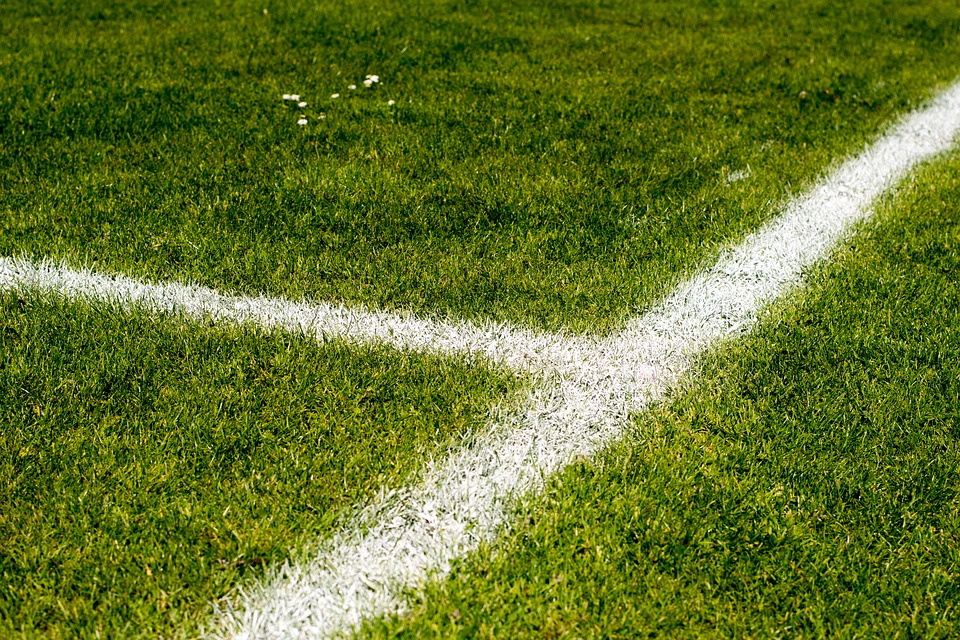
The Football Field’s Distinct Areas
The football field is not uniform in terms of wear and tear. The central strip, frequently traversed by players, requires special attention due to its high traffic. In contrast, the side-strips receive less playtime. However, they often accumulate thatch deposits that need cleaning. Recognizing these differences allows for a tailored renovation approach.
Perfect Timing for Optimal Results
The sweet spot for annual renovations is either at the end of the season or just before a new one begins. This timing ensures that the field gets the attention it needs without disrupting the game schedule.
Steps in the Renovation Process
The renovation process involves a sequence of essential steps, each contributing to the field’s overall health:
Weed Treatment: Clearing the field of weeds to create a clean slate for new growth.
Scarifying: Removing thatch and debris, allowing the soil to breathe and absorb nutrients.
Spiking: Deep aeration to combat compaction and enhance soil structure.
Fertilizing: Using balanced fertilizers to nourish the roots and ward off diseases.
Seeding: Over-sowing to ensure lush coverage and vitality.
Top Dressing: Creating a level surface and improving soil structure.
Mowing: Maintaining the right grass height for optimal play.
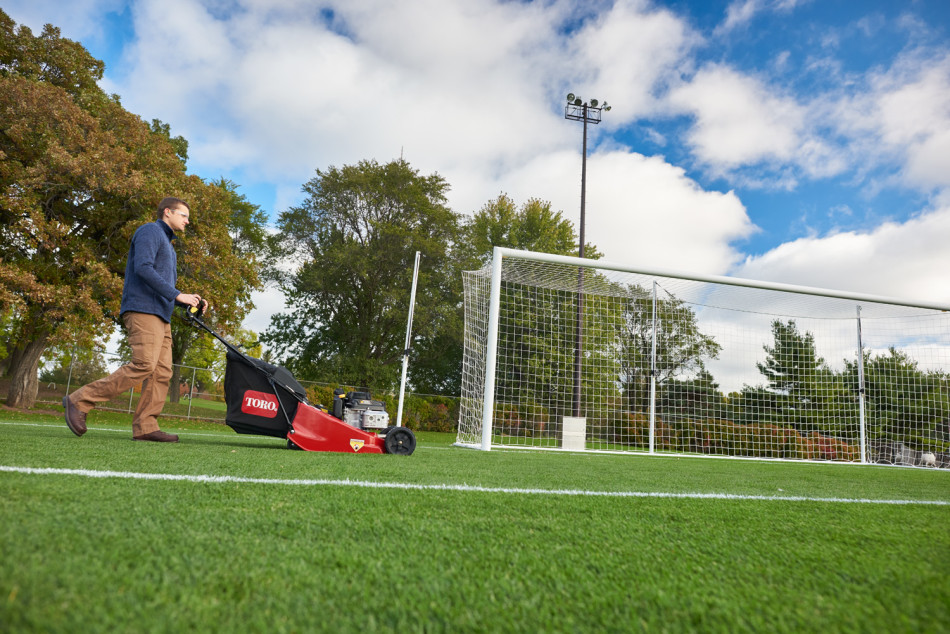
Watering: Ensuring proper hydration for robust growth.
The Delicate Balance with Weeds
While weed removal may delay the renovation timeline, it’s a necessary step. This delay ensures that the new grass growth remains undisturbed by the now eliminated weeds.
Scarifying and Spiking Techniques
Precise execution is vital. Cutting the grass low before scarifying ensures accuracy, while deep spiking (250-300mm) facilitates soil aeration and decompaction.
Fertilizers for Growth and Resistance
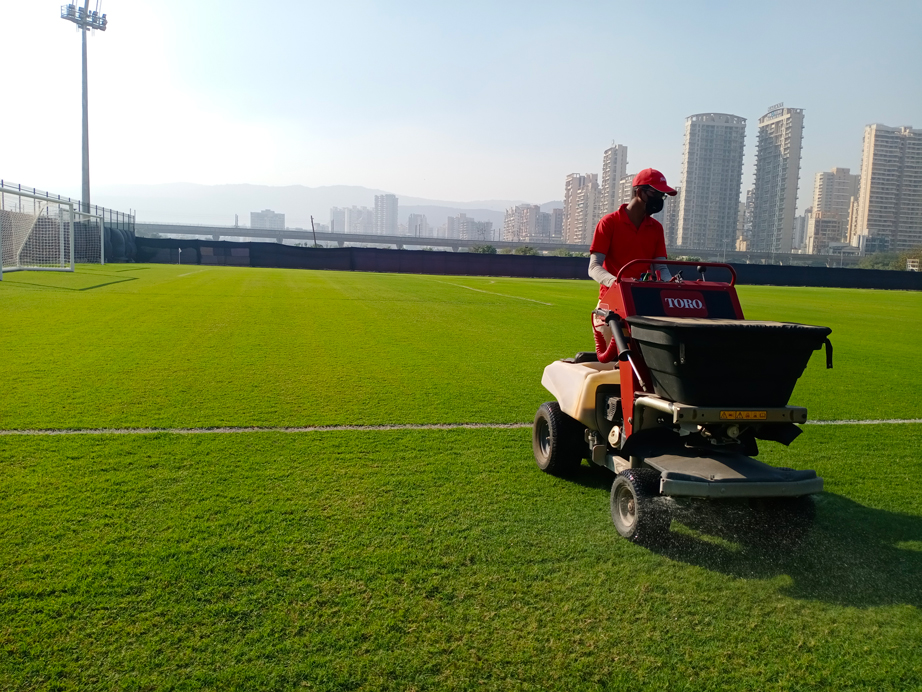
Opting for fertilizers with lower nitrogen and higher phosphorus and potash content promotes root health and disease resistance.
Seeding Wisdom
Over-sowing during seeding guarantees a lush outcome, with reserves for any thinning areas that may arise later.
The Importance of Top Dressing
Top dressing isn’t just about aesthetics; it aids in raising hollow and low areas, ensuring a level playing surface.
A Multi-Faceted Impact
Annual field renovations play a pivotal role in various aspects:
Player Safety: A level surface reduces injury risks.
Enhanced Playing Conditions: Improved grass quality leads to smoother gameplay.
Field Durability: Renovations increase the field’s longevity.
A Grand Finale and Ongoing Care
As the renovation curtain falls, the field is primed for action. But this isn’t the end – regular maintenance post-renovation sustains the field’s optimal condition over time.
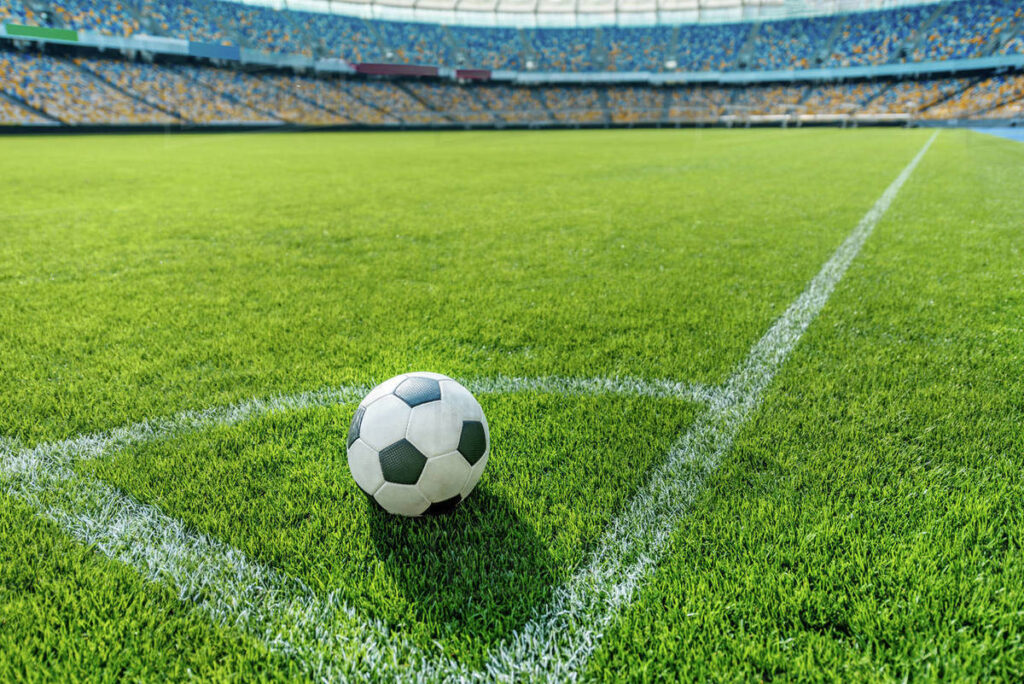
Summarizing, annual renovations of football fields are the unsung heroes behind the spectacle of the game. From weed battles to aeration dances, these steps ensure a thriving and safe playing surface. They’re a testament to the commitment of creating a stage where victories and dreams unfold. So, next time you’re swept away by a game-winning goal, spare a thought for the dedicated hands that nurture the field’s transformation.
.
.
.
.
To know more about Sports Grounds Construction and Renovation, please contact
info@ipi-india.com
https://www.ipi-india.com/sports-field-construction.php
Our previous articles related to sports field:
Natural Turf vs. Artificial Grass: Which is the Best fit for your Sports Ground?
5 Things to know before building a new Sports Grounds
